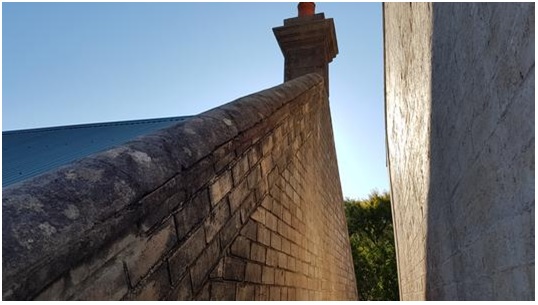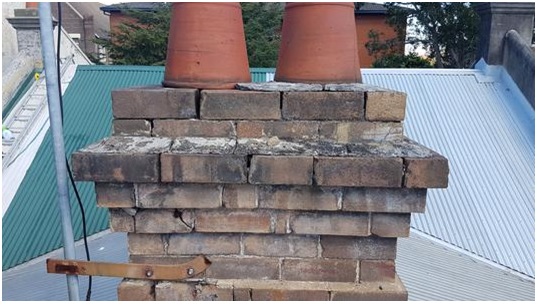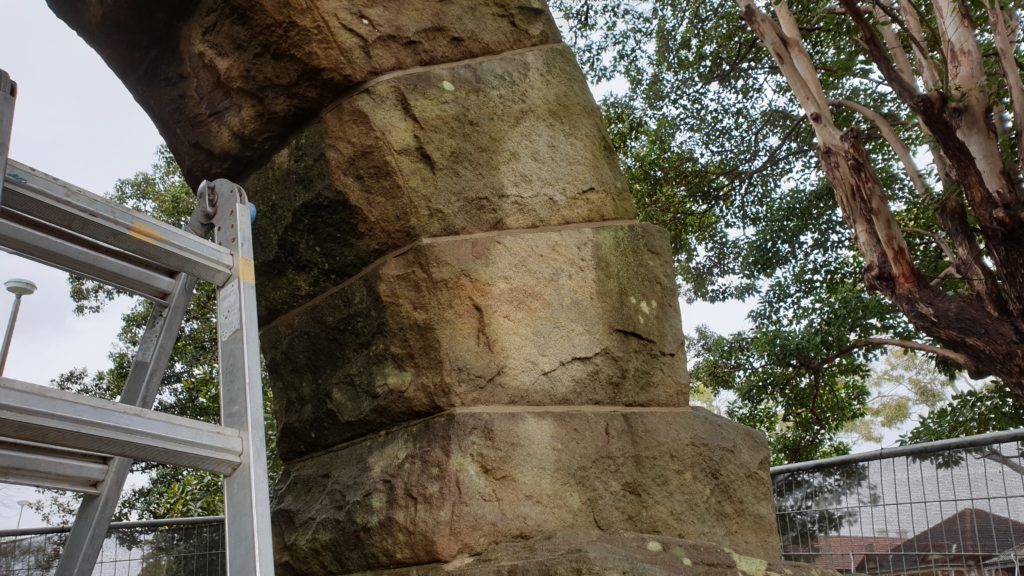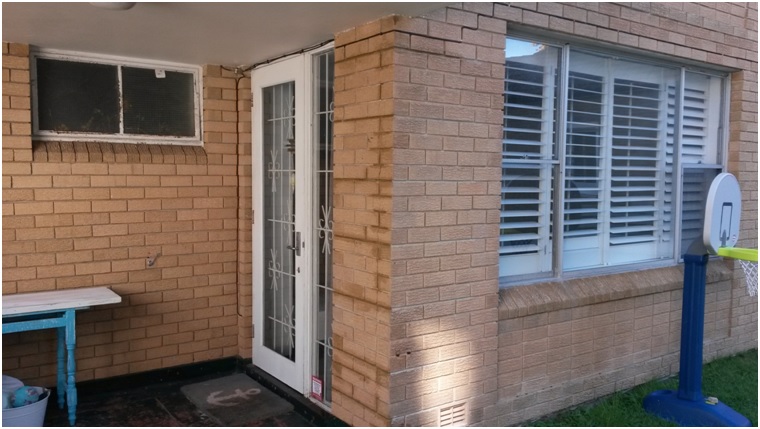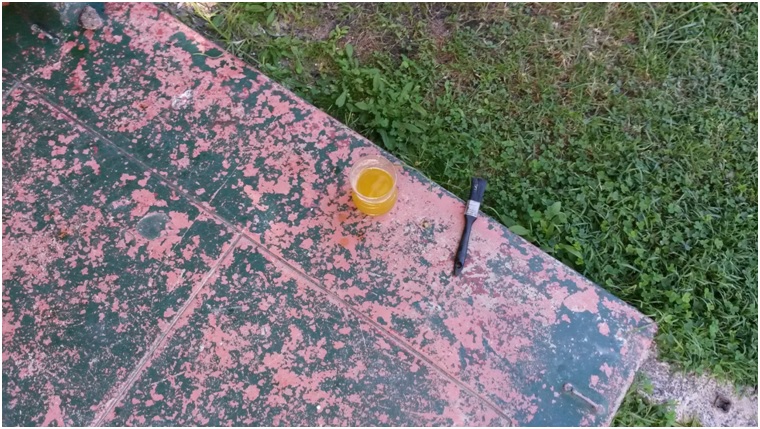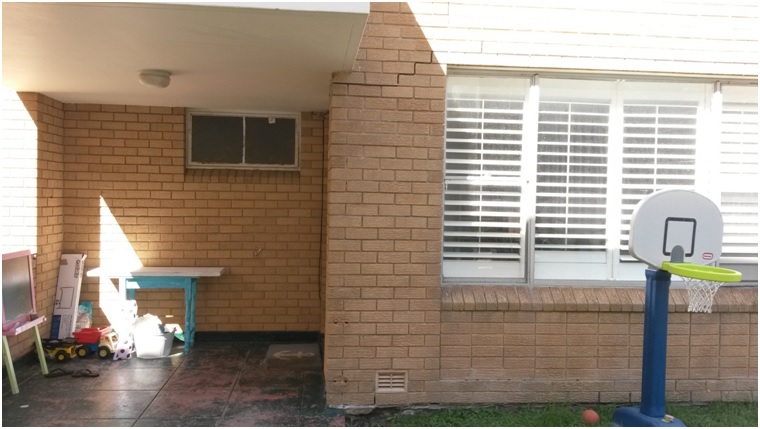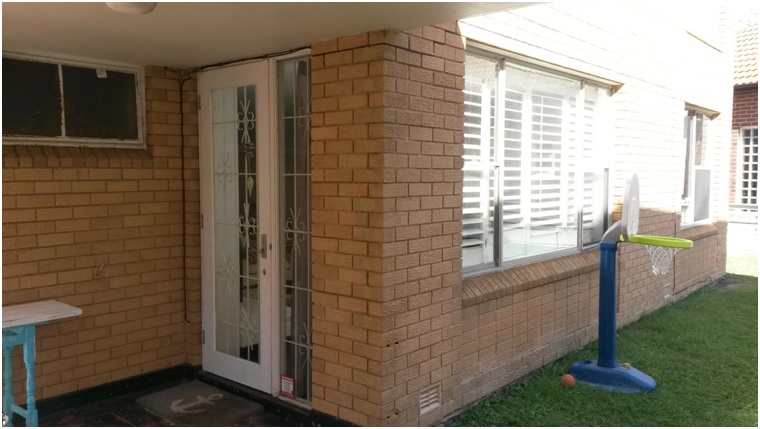Brickwork Repointing
Helicrete Repoints brick and stone when it has weathered or has been damaged.
We can match the colour and finish of your existing pointing or change it altogether.
We utilise a range of tools and materials to achieve different joint finishes, textures and colours.
In all cases the mortar and pointing used should be weaker than the brickwork it is used with.
The mortar should be sacrificial so that it is the element that will damage or erode first. It must be weaker than the brickwork to accommodate slight movement within the structure. If the mortar is too hard and stronger than the brickwork it can cause many adverse effects, some of which are trapping of moisture within the wall which in colder climates will then freeze at night and this freeze thaw cycle will eventually cause the front of the bricks to fret and spall. This is a common problem with LBC (London Brick Company) bricks being used in the north of England. The bricks are very porous and will soak up water into the capillaries and then freeze. In Australia brick spalling is generally caused from salt attack which erodes the brickwork over time, due to most of the major cities being located in close proximity to coastal and marine environments. If the mortar is softer than the brickwork it will be more susceptible to attack from chemicals, frost, movement or minerals. It is far easier to remove the mortar and re-point, than it is to rebuild!
Repointing Process
Firstly the old mortar needs removing and this is generally carried out by the use of a grinder with a diamond blade. The mortar should be removed to a depth of about 20mm, joint finish dependant (raked finish to be raked deeper) to ensure that the new pointing has enough exposed brick edges (aris) to adhere to. After the raking of the bed and perp joints has been done the wall is then washed with clean water to remove any dust and impurities. Washing down or wetting of the joints also helps to ensure that the new mortar will adhere to the bricks. This is because the dry brickwork will absorb the water from the pointing in the early stages of curing, water is needed for the chemical reaction process as the pointing hardens. It is also good practice to wet the wall down with a fine mist of water to aid in the curing of the new pointing as work progresses.
Structural Repoint
We are able to carry out structural repointing which is needed when the brickwork was poorly constructed or their are voids within walls builtfrom random stone. The frog of the brick should always be laid facing upwards and if there is a need to bed them facing downwards it should first be filled, if not it can greatly reduce the compressive strength and load carrying ability of the wall. For walls constructed from random stone or rubble filled we can inject them with grout to fill the voids along with the insertion of stainless steel wall ties.
The choice of the mortar should be in consideration with the climate it is exposed to and strictly in accordance to Australian Standard 3700.
AS 3700 2011 - Deemed to Satisfy Compositions, Table 11.1
Cement must comply with AS 3972
Sand must be clean and free from salts
Lime must comply with AS 1672
Water must be clean and potable.
One of the most commonly used ratios of mortar for repointing is 6:1:1
Comprising of:
6 Parts Sand
1 Part Hydrated Lime
1 Part Cement
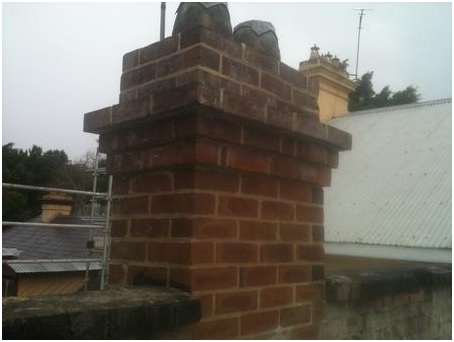
Joint Finishes
There are many different joint finishes available and sometimes they are given different names dependant on what part of the world you are in. Some are merely for an aesthetic preference whilst others serve a purpose of shedding rain water and as such preventing freeze thaw damage and brick spalling.
Brickwork Re-pointing
Brickwork repointing is the process of replacing the outer portion of mortar between the bricks within a wall. This is the same for walls constructed from other materials such as stone. There are many different joint finishes that can be applied to the mortar during re-pointing with the use of different tools or techniques. Some of the joint finishes available are:
Flush
This is the most basic of finishes and the face of the mortar is cut or trowelled flush to that of the masonry.
Half Round/Bucket Handle
This is formed as the name suggests, by the use of a bucket handle as was once used. Nowadays it is more common to use a jointer. The jointer comes in various different sizes and this is chosen in respect to the size of bed joint it will be used on.
Recessed
This finish is created with a mortar rake or sometimes known as a chariot with reference to the appearance of the rake resembling a horse drawn chariot. This typically has a handle with two wheels which run over the surface of the masonry and a nail that is able to be adjusted for different depths, the nail removes the mortar leaving it recessed from the face. The mortar is then ironed/jointed with a Frenchman/finger trowel.
Weather Struck
This joint has the top portion of the joint cut/depressed from the aris of the brick above. The intention for using this joint finish is to shed water in colder climates so that the freezing of water on the face of the brick is less prevalent and thus reduces spalling to the face of the masonry.
Struck
Personally I do not like the use of this joint because it is angled down from the top of the joint and cut inwards. It encourages rain water to sit on the aris of the brick, but some times it must be used to match that of the existing wall.
Tuck Pointing
This is the style of pointing found most commonly on older period buildings. It is most noticeable for the thin white lines, these are made with lime putty. As with all re-pointing and other repair work, preparation is key. Rake out the joints and perps, remove dust and pre wet the wall to allow proper curing of the mortar. First the stopping (coloured mortar) is applied to the perps and bed joints to match the colour of the brickwork. The lime putty is then applied over the top of the stopping. Often the front of the building was done in tuck pointing to give the impression of Grandeur and be aesthetically pleasing whilst the side and rear walls of the property were constructed from common bricks. The other reason for tuck pointing is to make the joints appear more symmetrical especially when the bricks were of a varying size and quality.
Which ever joint finish is chosen it involves the removal of the existing mortar to a depth of between 15-20mm and the full height of the bed joint. This is so that the new mortar has enough brickwork to bond to. The raking of the joints can be performed in a number of ways depending on how hard the existing mortar is, but for ease and speed it is generally carried out by a small grinder which has a diamond toothed blade and is attached to a vacuum for dust suppression.
If pointing existing brickwork in localised areas, sometimes referred to as patch pointing, then it is important to match the colour of the old mortar as close as possible. We can do this by raking out the brickwork in a small area and mixing batches of mortar with different colour cement, sands, hydrated lime or with the use of oxides to change the colour, and match that as closely as possible to the original for an "invisible" repair.
The areas to be re-pointed after raking has been carried out, should be thoroughly wet down before hand to aid with the adhesion of the new mortar and to clean out the joints of any dust and debris. The perp (vertical) and bed joints should be filled either by use of hand tools or by machine and ensuring a full joint. The applied mortar is then left for a period of time before it is cut, to remove any excess mortar, and then struck/jointed to the desired finish.
To aid with curing of the mortar the new pointing can be sprayed with a light water mist to ensure it doesn't dry out too quickly. This is because cement requires water during it's chemical reaction to harden, (cure), properly. If it dries out too quickly then the new re-pointing will not set to it's required strength, fail to adhere to the brickwork, and subsequently not last as long.
Once the new pointing has had sufficient time to cure, then a diluted mixture of water and hydrochloric acid may be applied to remove any staining from the repointing process. This should be a weak mix of acid and water. The surface of the bricks should be thoroughly wet down before application of the acid to ensure the saturation of the bricks, and so the acid is not absorbed, and as such sits on the surface of the bricks and removes the mortar stains. This can be aided by the use of a stiff broom or hand brush along with pressure cleaning. After cleaning has finished the wall should be washed down to remove any residual acid that is left behind.

